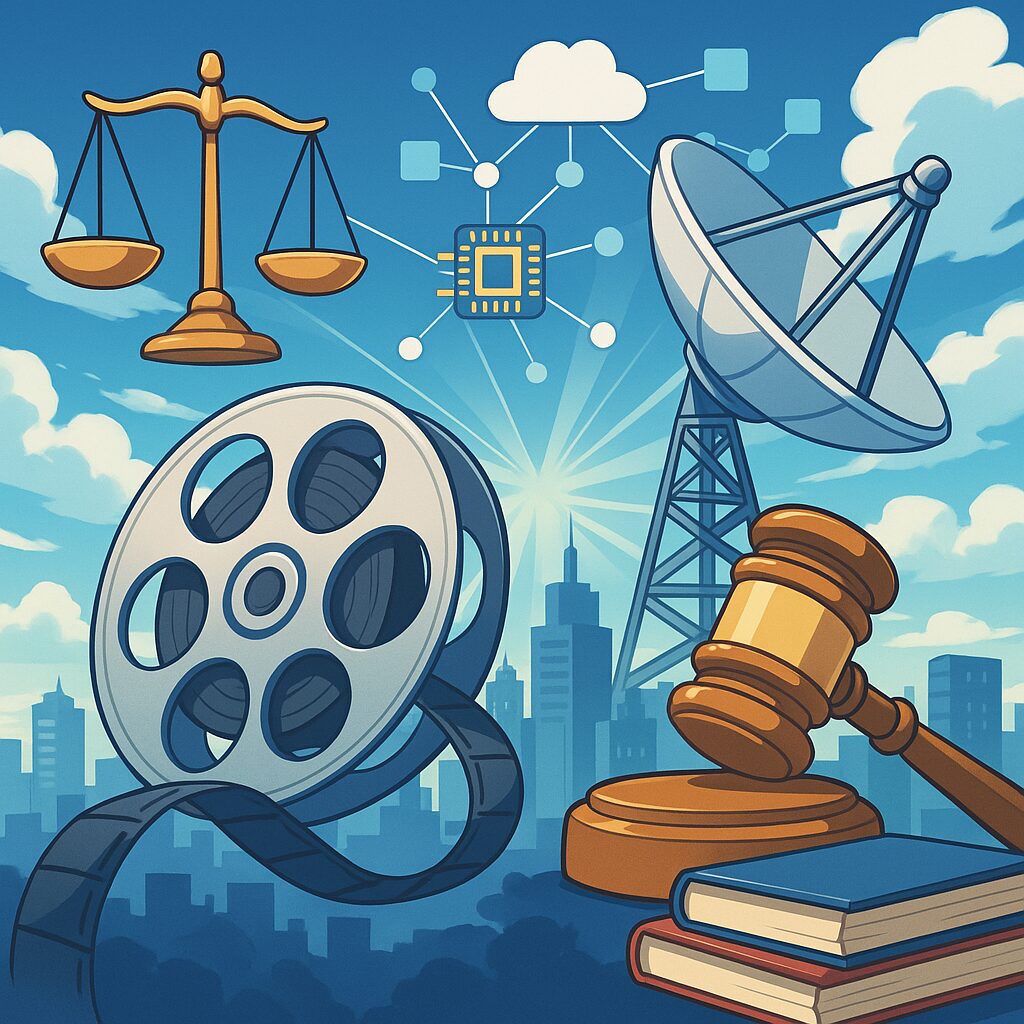Sanae Takaichi & Anime

Sanae Takaichi & Anime
Policy, Perception, and Reality
This long-form explainer clarifies what “Sanae Takaichi and anime regulation” really means. Rather than speculating, it maps the policy terrain where anime can be indirectly affected: youth protection law, broadcasting governance, platform norms, and industrial policy. Links are omitted here for readability; a separate sources page can be provided on request.
- No public document explicitly proposes a blanket ban on anime by Takaichi.
- Concerns arise from adjacent policy areas: child protection law debates (2013–14), the 2016 broadcast governance remarks, and how platform rules spill over to creative works.
- Industrial policy has generally framed anime as a strategic cultural export, not something to be suppressed.
Why the Rumor Sticks: Three Policy Channels
1) Child-Protection Legislation (2013–2014)
During LDP policy coordination, debates included whether and how fictional depictions (manga/anime/CG) relate to child-protection goals. Japan’s final framework centers on real minors, while fictional works are usually handled through self-regulation and local youth ordinances. Still, the debate created a durable perception that “regulation might expand,” which some fans conflated with “anime ban.”
Takeaway: The endpoint was not comprehensive criminalization of fiction, but the debate left a trail of anxiety in fandom and publishing.
2) Broadcasting Governance & Free Expression (2016)
As MIC minister, Takaichi stated in the Diet that in extreme, persistent cases of violations of broadcasting rules (e.g., political fairness) and if corrective steps fail, license suspension could not be ruled out under law. Critics—lawyers’ groups, journalists—warned of a chilling effect. While this is not anime-specific, it is frequently cited as an indicator of a strict reading of media rules, which creators generalize to the broader content space.
Takeaway: Not an anime measure per se, but a signal: stricter governance instincts versus expansive free-expression norms.
3) Industrial Policy & Cool Japan
Over the 2010s and 2020s, governments consistently positioned anime/manga/games as growth drivers—exports, tourism, soft power. This logic supports funding, promotion, and IP abroad, even while other policy lanes (youth protection, platform norms) can run tighter.
Takeaway: The industrial message is “support and scale,” not “shrink.”
Where Could Anime Be Indirectly Affected?

- Youth Ordinances & Platform Standards: Local “harmful publications” ordinances, retailer policies, and platform ToS can constrain availability of certain titles or covers, even without national criminalization of fiction.
- Broadcast vs. Streaming: Stricter broadcast interpretations may push edgier titles to streaming, where age gates, rating cards, and content warnings become the primary tools.
- Advertising & Discoverability: If ad networks or payment processors adopt stricter rules (e.g., thumbnails, metadata), discoverability drops—an indirect form of “soft regulation.”
- International Co-Financing: Global partners may require edits for ratings or brand safety. Government export promotion often aligns with international compliance rather than fighting it.
Reading Takaichi’s Stance in Four Angles
- Public Safety & Youth: Generally stricter—backing tougher measures against real-world harm, while fictional content remains primarily under self-regulation plus local rules.
- Media Governance: A strict interpreter of broadcasting law in 2016 remarks; criticism focused on potential chilling effects.
- Industry & Trade: Anime framed as a strategic asset; export support, fairs, and IP internationalization have continued.
- Bottom Line: The picture isn’t “ban anime,” but domain-specific strictness (safety, governance) alongside industry support (exports, talent, anti-piracy).
Practical Checklist for Studios & Publishers
- Rate Early, Rate Clearly: Standardize age ratings and content descriptors in JP/EN.
- Platform-First Masters: Prepare streaming-friendly cuts, warnings, and metadata from the outset.
- Retail & ToS Mapping: Track retailer and platform red lines by genre; preflight artwork and tag taxonomies.
- Local Ordinances Watch: Keep a matrix of prefectural youth rules and advisory decisions.
- Global Versioning Plan: Document edit trees (TV/BD/Overseas/Director’s cut) to avoid late-stage chaos.
- Legal & PR SOPs: Pre-draft statements for “controversy spikes” (context, rating, distribution controls).
- Creator Safeguards: Contract clauses on edits, alternative distribution, and age-gating responsibilities.
FAQ
Does Takaichi want to “ban anime”?
There is no explicit blanket-ban policy on record. Concerns stem from adjacent areas—youth protection and broadcasting governance.
So creators are safe?
They should still watch ordinances, platform rules, and advertising standards. These can shape availability more than criminal law debates do.
What about “freedom of expression”?
Tension remains between strict governance and broad free-expression norms. For anime, the practical battleground is often platform compliance and self-rating, not courtrooms.
Will export policy help?
Yes—support schemes continue. But export support usually assumes content compliance with partner markets.
90-Day Playbook for Policy-Savvy Anime Teams
- Days 1–30: Build a JP/EN compliance dashboard (youth rules, platform ToS, ad network policies). Create templated rating blurbs and trigger warnings.
- Days 31–60: Version-control your masters; align subtitle/caption policies with age gates; run a mock “content escalation” drill.
- Days 61–90: Publish a public-facing Content Responsibility Note explaining age ratings, edits, and reporting channels.
Bottom Line
When people search “Sanae Takaichi Anime,” they often mix three threads: child-protection debates, media governance signals, and industry policy. The evidence to date supports a strict-but-lawful approach in safety and governance, paired with supportive industrial rhetoric for anime as a cultural export. For creators and studios, the smartest response is compliance by design—clear ratings, platform-ready masters, and rapid comms—so your work travels farther with fewer surprises.










